Citroën C6 – everything you need to know
History Citroën C6
The story of the Citroën C6 begins back in 1999. In fact, that’s when the brand showed the Citroën C6 Lignage, a concept car. In terms of looks, the C6 Lignage already gave a pretty concrete preview of what the final C6 would look like. Only the really wild ideas like the glass roof and rear-opening rear doors did not make it to the production stage. Incidentally, it took a while after that before the final C6 hit the market. It was not until 2005 that the production version of the C6 saw the light of day, five years after the XM was consigned to perpetuity.
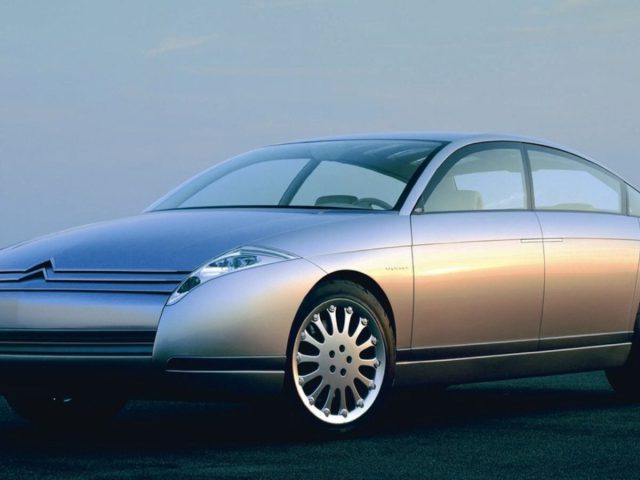
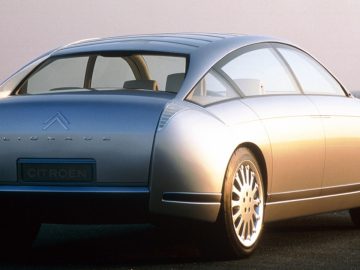

Unconventional comfort
So the design of the Citroën C6 has remained quite faithful to the Lignage. Designed by Marc Pinson, the C6 is particularly notable for its curved roofline that extends all the way to the taillights. This makes it look somewhat like a liftback, but the C6 is really a sedan. One of the C6’s most striking design elements is the curved rear window. This one is special because it does not curve outward, but rather inward.
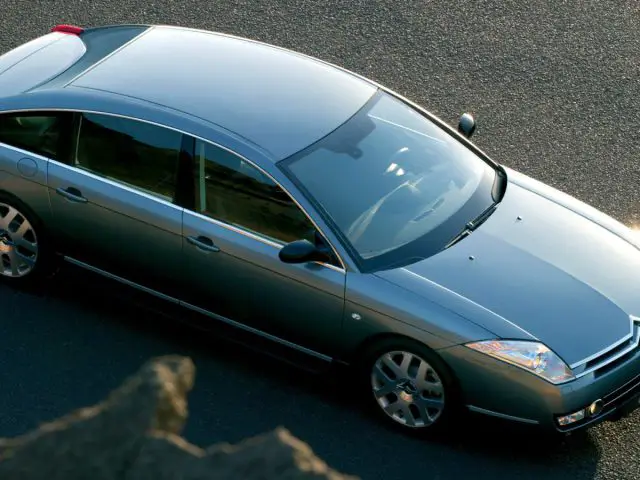

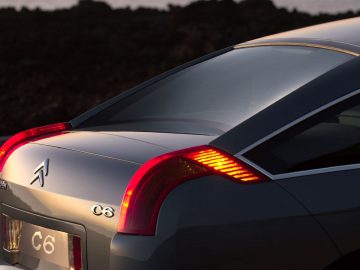
Citroën marketed the C6 as a stylish alternative to cars such as the Mercedes-Benz E-Class, BMW 5 Series and Audi A6. At the same time, Citroën had to have an alternative to the Renault Vel Satis, Renault’s flagship model that had already entered the market in 2002. Citroen focused on technological innovation with the C6 above all else. Thus, at its introduction, the C6 already had such things as a head-up display, a lane-keeping assistant, rotating xenon headlights and electrically controlled hydropneumatic suspension. The latter made driving the C6 an extremely comfortable experience.
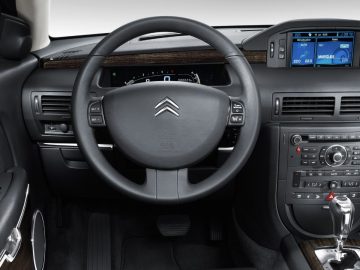

Engines Citroën C6
For less than four cylinders, Citroën didn’t do it with the introduction of the C6. Initially, the top sedan was only available with two engines: a 3.0 V6 on gasoline with 211 hp and a 2.7 V6 HDI diesel engine with 204 hp. In 2006, a four-cylinder 2.2 HDI with 170 hp was added. This engine lineup remained for several years, until a new 3.0 V6 HDI with 240 hp replaced the 2.7 HDI. This new diesel engine was immediately the most powerful version of the C6.
By the way, finding a gasoline-powered C6 is pretty rare. Indeed, the C6 came on the market when the diesel was still by far the most popular choice for people who spend a lot of time on the road. The 3.0 V6 gasoline sold poorly, so Citroën removed that engine from the delivery range in early 2009. So C6s with a gasoline engine are pretty scarce.
A rarity
Scarce the C6 is anyway, as Citroën built a total of only 23,400 examples of the limousine over a seven-year span. Pretty little, especially considering that Citroën had envisioned building 20,000 copies of the C6 annually. However, the limousine was the regular choice of French presidents at the time. Among others, Jacques Chirac and Nicolas Sarkozy allowed themselves to be chauffeured in a C6.
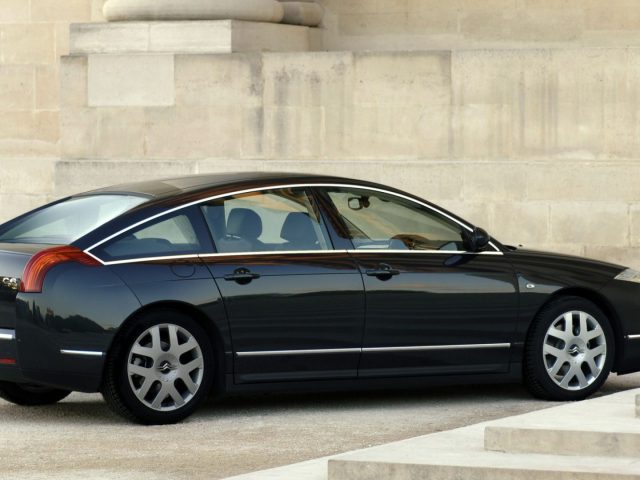
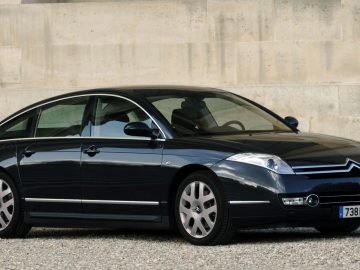
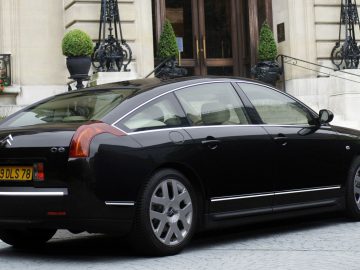
Successor
After 2012, things remained quiet for quite a while around a possible successor to the C6. Actually, Citroën never got one, although the current C5 X with its quirky styling can be seen as a car in the spirit of the C6. The real successor to the C6, however, must be sought from DS, the premium brand later separated from Citroën. In fact, since 2020, DS has been carrying the DS 9, a long sedan with references to the time-honored Citroën DS.
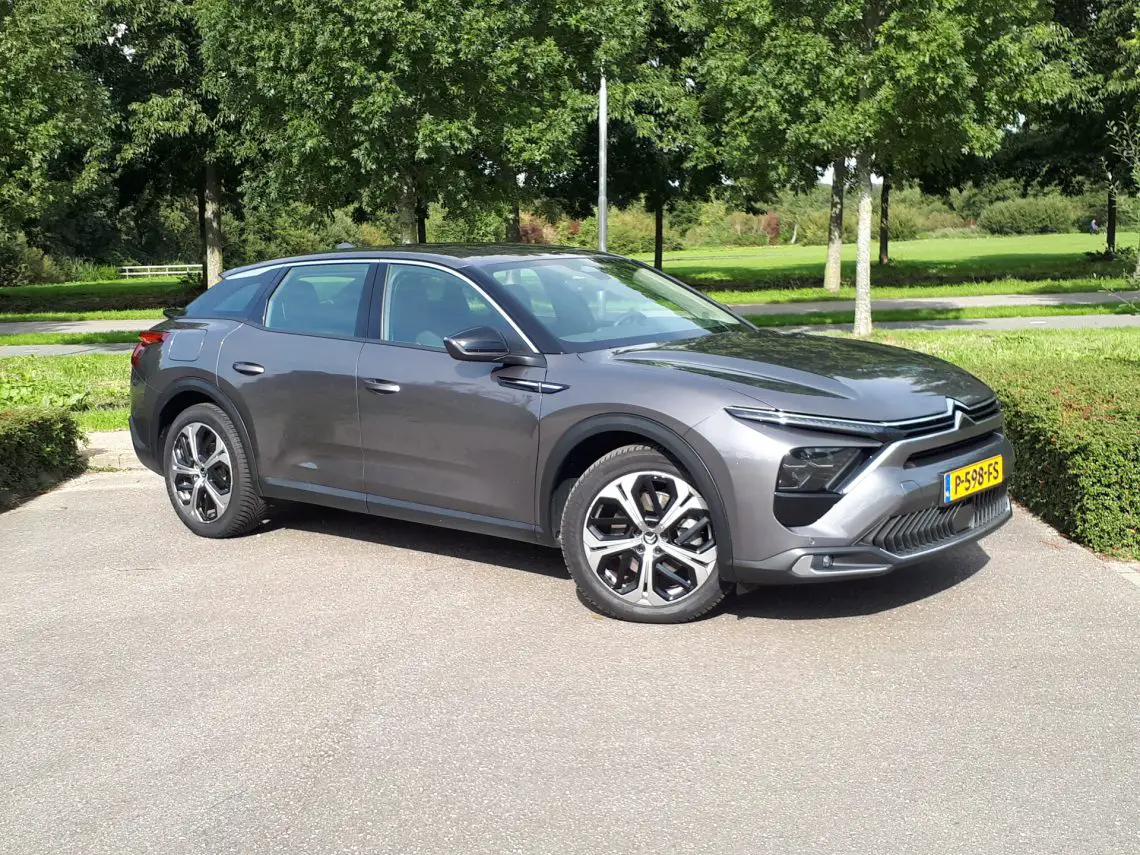
So has the C6 designation disappeared altogether? Well from Europe, but not from China! In fact, there Citroën is still building a C6 in the Dongfeng Peugeot-Citroën partnership. That model is on the same platform as the first-generation Peugeot 508 and has four-cylinders under the hood. So it’s not as luxurious as the first C6, but it’s still nice to know that Citroën has given the model a “real” successor elsewhere in the world.

